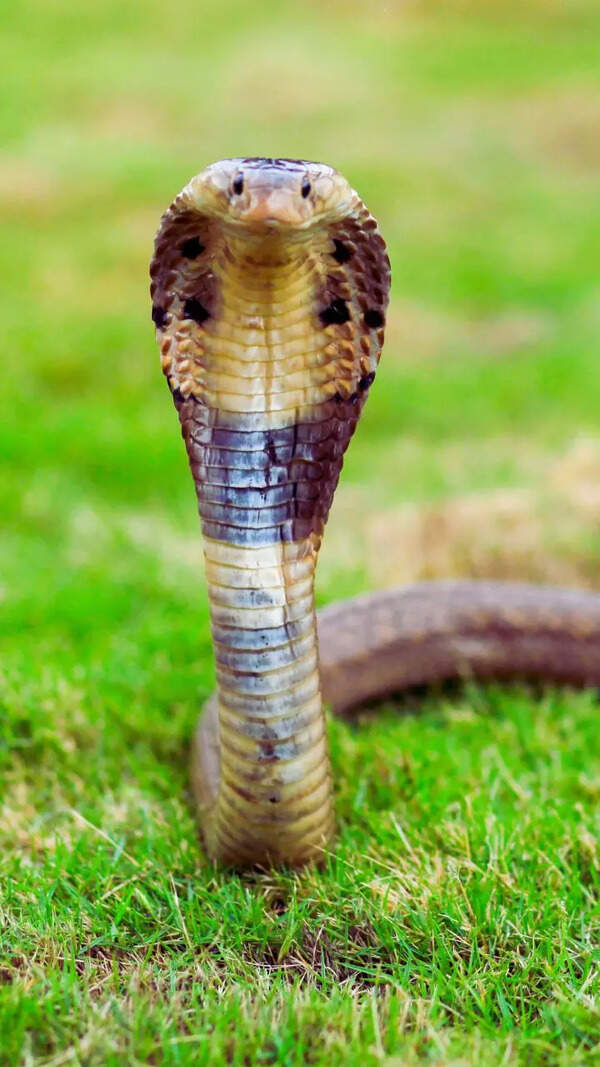Is the ‘Ghost Bird’ of India gone forever? Everything you need to know

Is the ‘Ghost Bird’ of India gone forever?
Deep in the forests of Andhra Pradesh, a rare and mysterious bird has been hiding from sight for more than a decade. The Jerdon’s courser, once believed to be extinct, was rediscovered in the 1980s, giving conservationists new hope. But in recent years, sightings have become extremely rare, and the bird hasn’t been seen in the wild for over ten years. As hopes fade, many are left wondering: What lies ahead for this elusive species, and why has it become so hard to find?

The rediscovery that sparked hope
The story of the Jerdon’s courser is one of both resilience and mystery. Once thought to be extinct for almost 80 years, the bird made a surprising comeback in 1986 when it was rediscovered near Reddipalli village in Andhra Pradesh’s Kadapa district, according to a report presented by the Times of India. The discovery sparked hope among wildlife enthusiasts and conservationists, leading to the creation of the Sri Lankamalleswara Wildlife Sanctuary to protect its habitat.
However, despite these efforts, the bird has remained incredibly hard to spot. Over the years, sightings have become rarer, and it hasn’t been seen in the wild for more than a decade. This has raised serious concerns about whether the species can survive much longer.
Image credit: X

The “Ghost Bird” of India
The Jerdon’s courser is often called the “ghost bird” of India because it's so hard to find and rarely seen. It's important to note that “ghost bird” isn't a scientific name, but rather a popular nickname that highlights how mysterious and hard to spot the bird is. The nickname “ghost bird” reflects its ability to stay hidden, even in areas where it's known to live.
Image credit: X

The challenges of tracking an elusive bird
One of the biggest challenges in studying the Jerdon’s courser is that it’s active at night, making it very hard to spot during the day. In the beginning, researchers tried night surveys, but even then, they only managed a few quick sightings. According to the TOI report, in 2001, a new method was introduced: researchers used tracking strips to catch the birds’ footprints, which were then monitored with infrared camera traps. This helped confirm the bird’s presence in three new areas– although, sadly, one of these habitats was later lost because of the construction of the Telugu-Ganga canal.
Image credit: X

The bird’s call as a clue
Another big breakthrough came in 2002 when researchers recorded the call of the Jerdon’s courser for the first time, the TOI report suggests. This gave them a new way to try and track the bird. By playing the recorded call in places where the bird might live, scientists sometimes got responses, leading to a few new sightings and helping to expand its known range. But even with this method, actually seeing the bird remains extremely rare, and it hasn’t been spotted in the wild for over ten years.

Protecting the bird’s habitat
Since the Jerdon’s courser is so hard to track, protecting its natural habitat has become a top priority. The Sri Lankamalleswara Wildlife Sanctuary, spread across the forests of Kadapa, is focused on keeping the birds’ environment safe. Forest management practices here are carefully planned to limit human activity and disturbance.
“The forest management practices have been meticulously adapted to support this critically endangered species. The forests are typically divided into compartments, each subject to specific management activities. However, the compartment identified as the habitat of the Jerdon’s courser has been left without human intervention,” explained B Kalavathi, the forest range officer for the Sidhout (Siddavatam) range, while speaking to TOI.
The goal is to keep the bird’s habitat as undisturbed as possible to give it the best chance to survive and thrive. No new developments, like building check dams or creating water reservoirs, are allowed in these sensitive areas.

Ongoing monitoring and conservation efforts
Although there haven’t been any recent sightings, conservation efforts to protect the Jerdon’s courser are ongoing. The Sidhout forest range continues to monitor the area closely, using tools like camera traps to search for signs of the bird.
“Continuous monitoring of the entire Sidhout range, including the sanctuary, through cameras and other means, is conducted to sight and identify the tracks of the courser without even the slightest disturbance to its habitat or the bird itself. Funding support for these conservation activities is being provided through the annual plan of operations,” adds Kalavathi.








